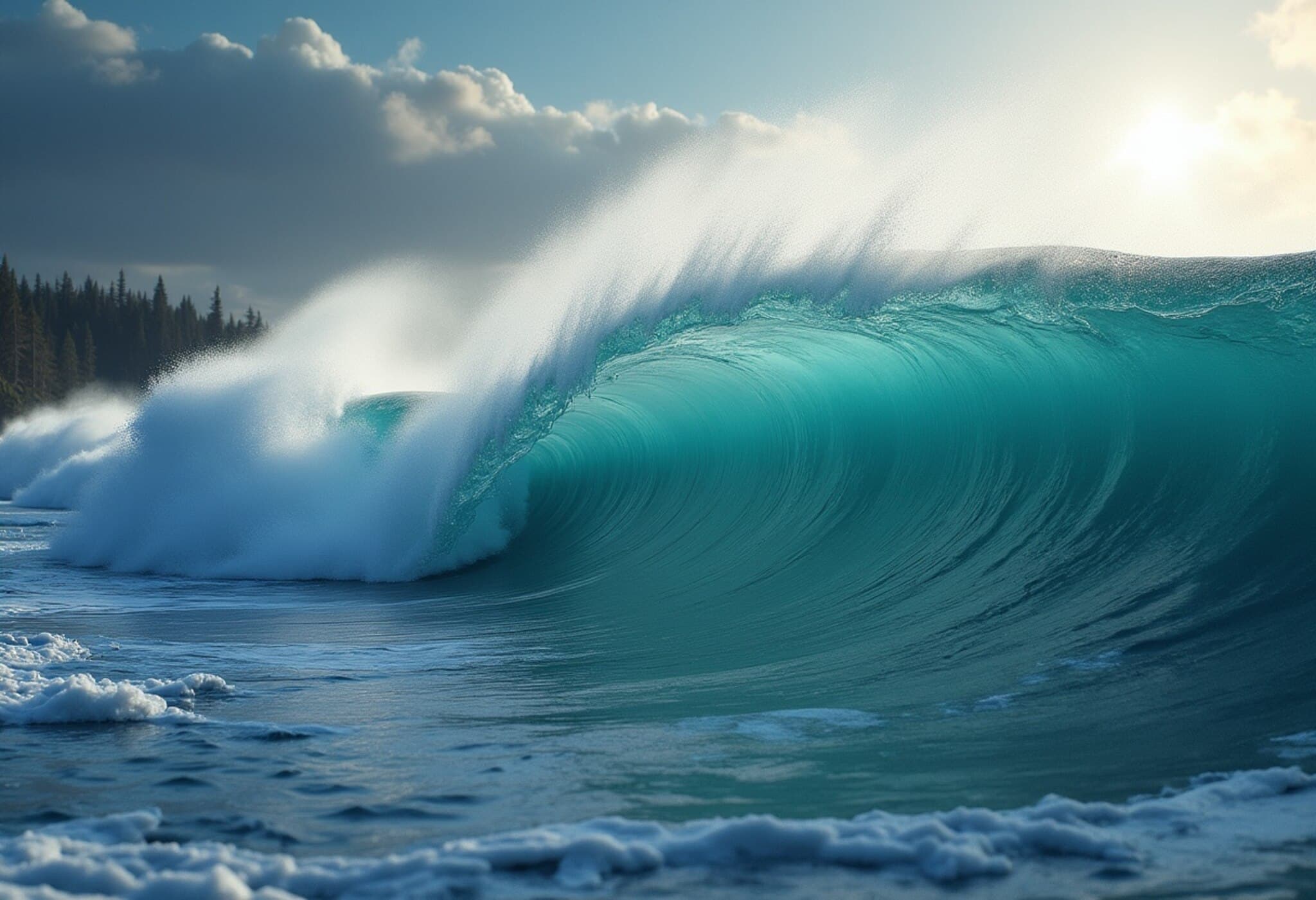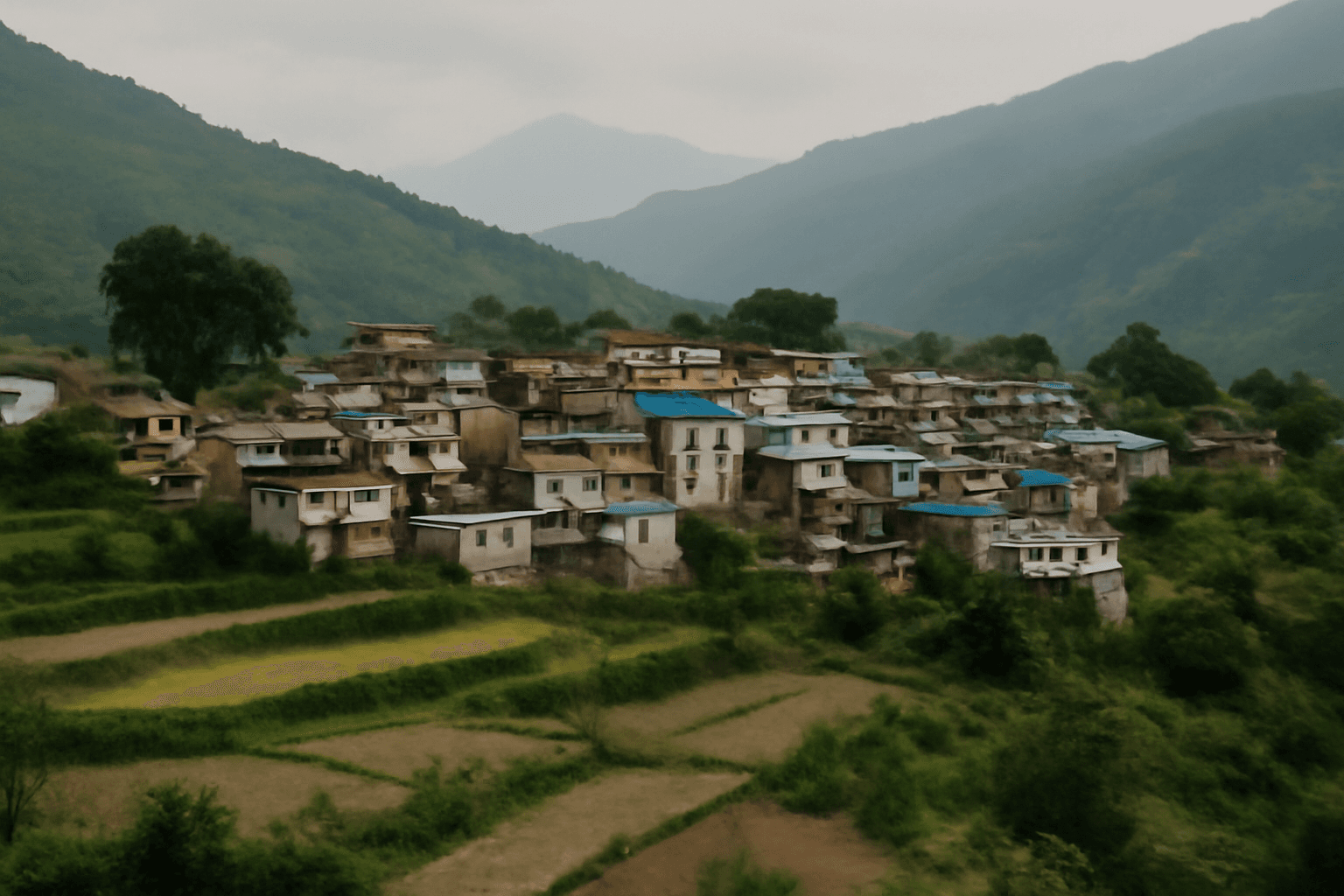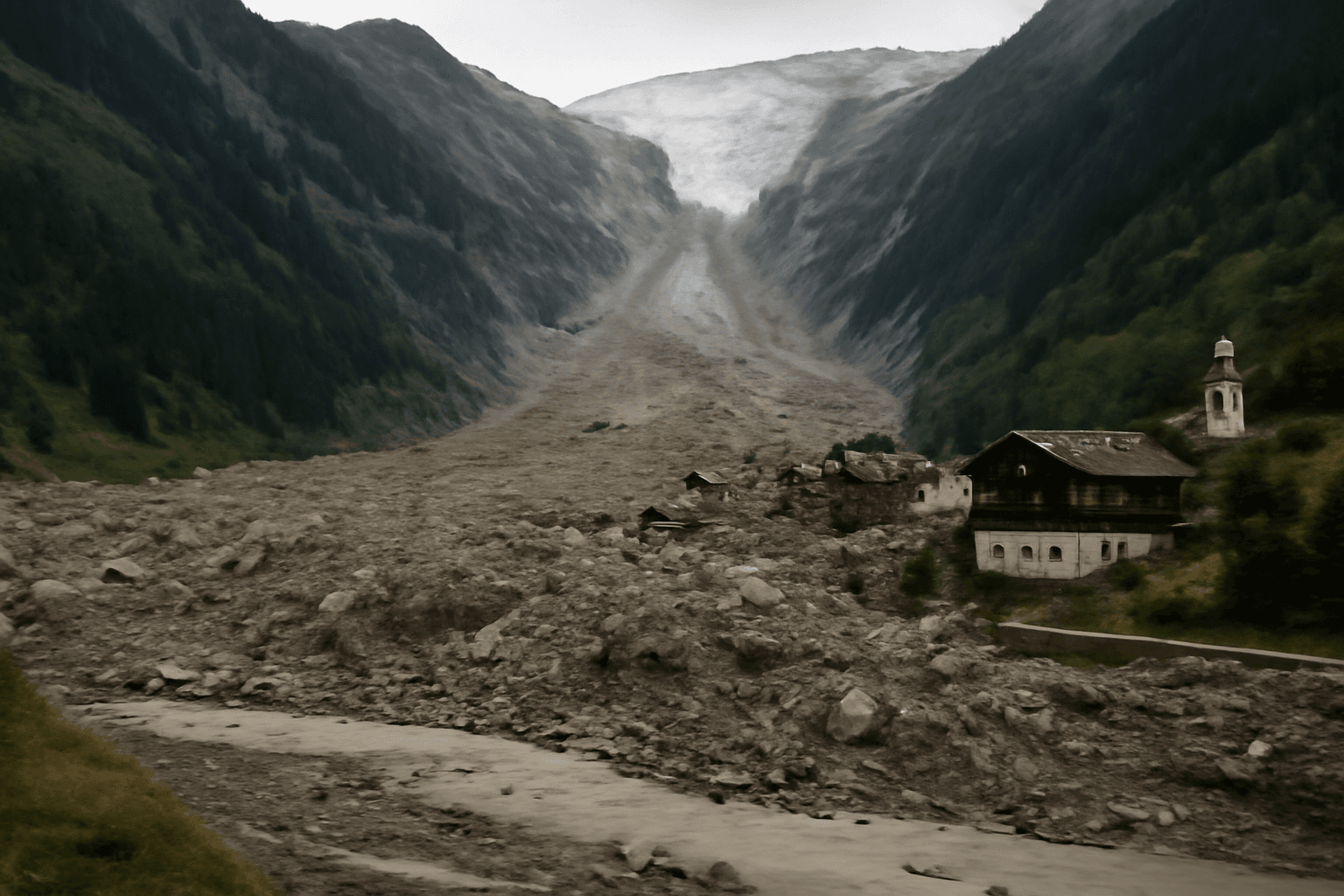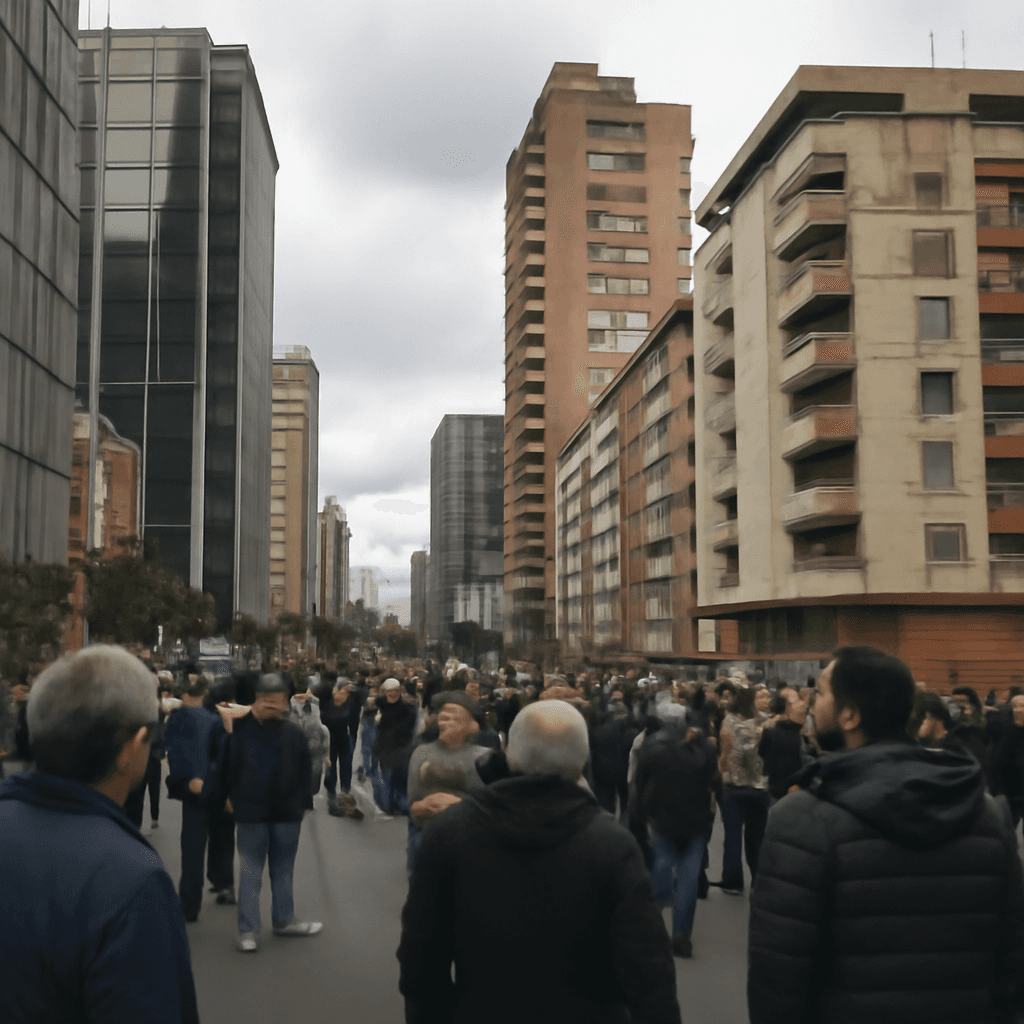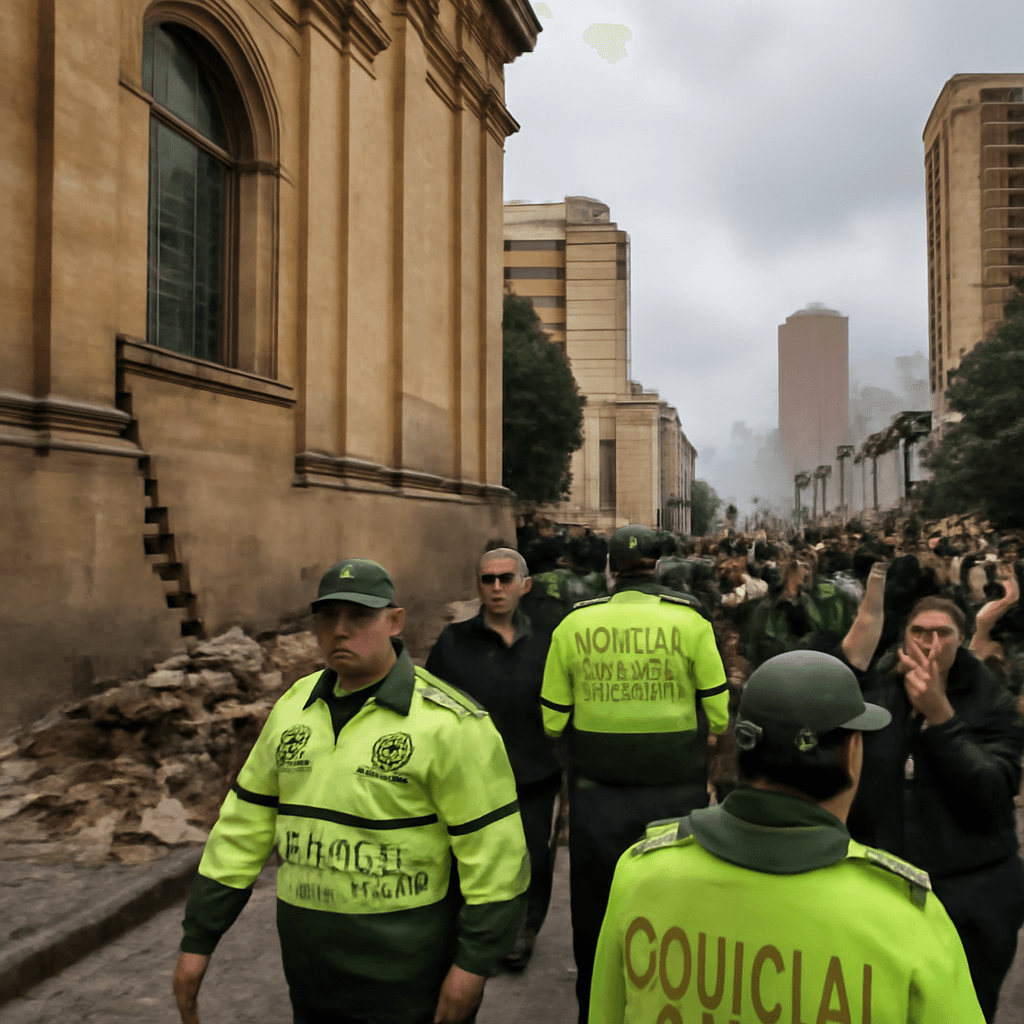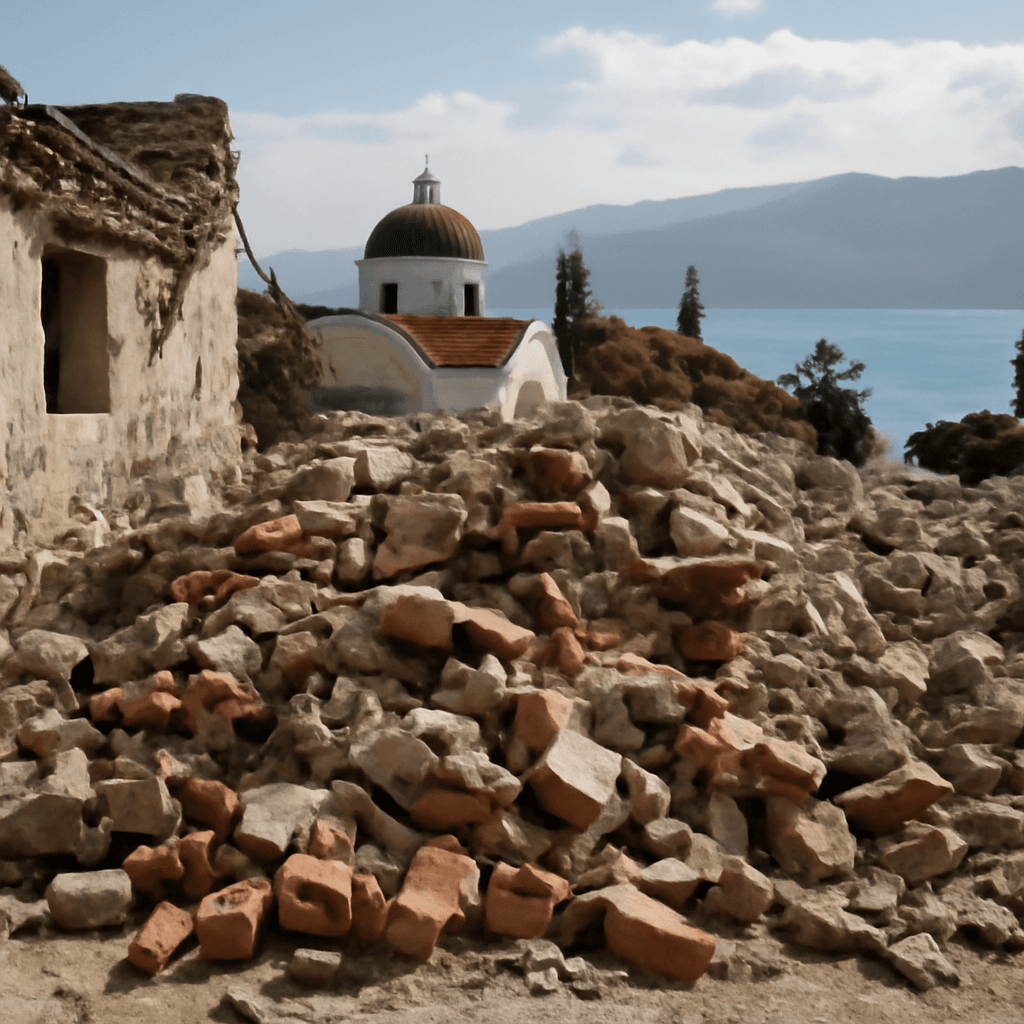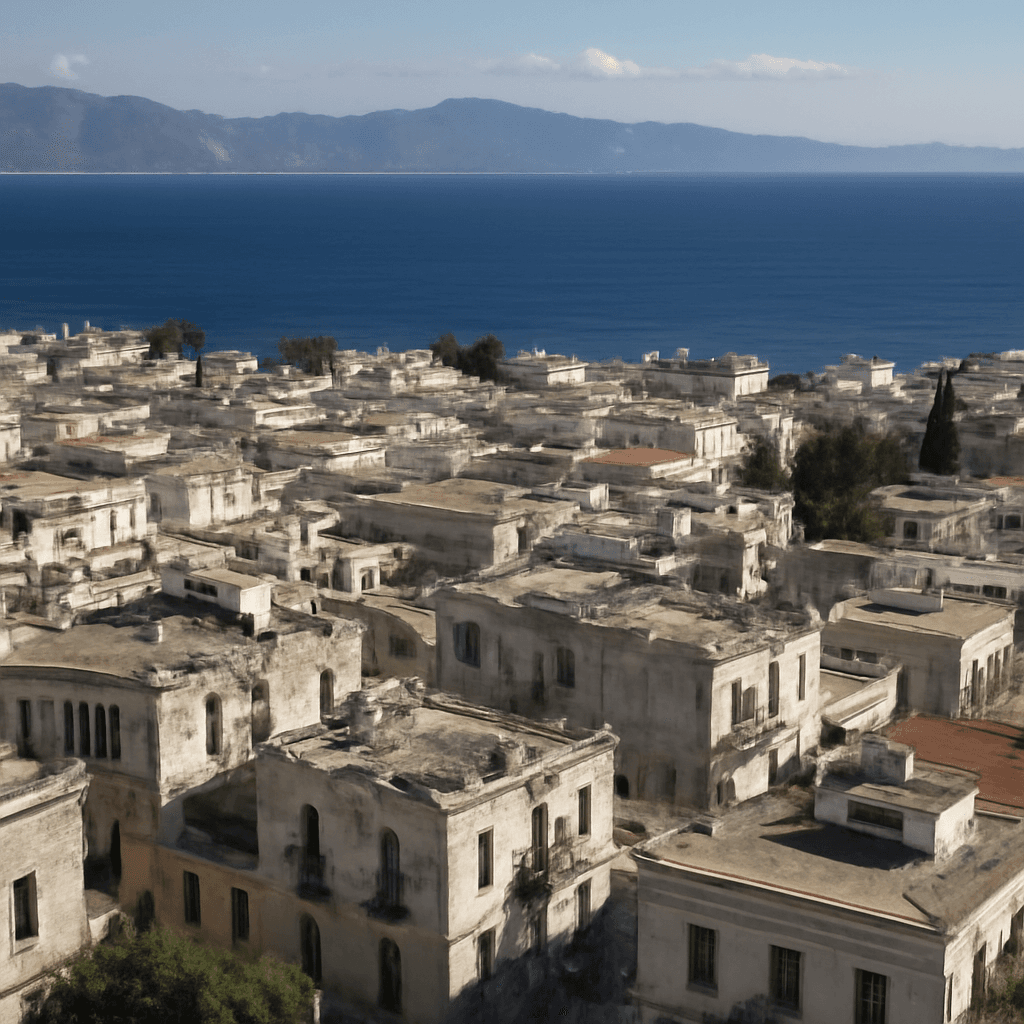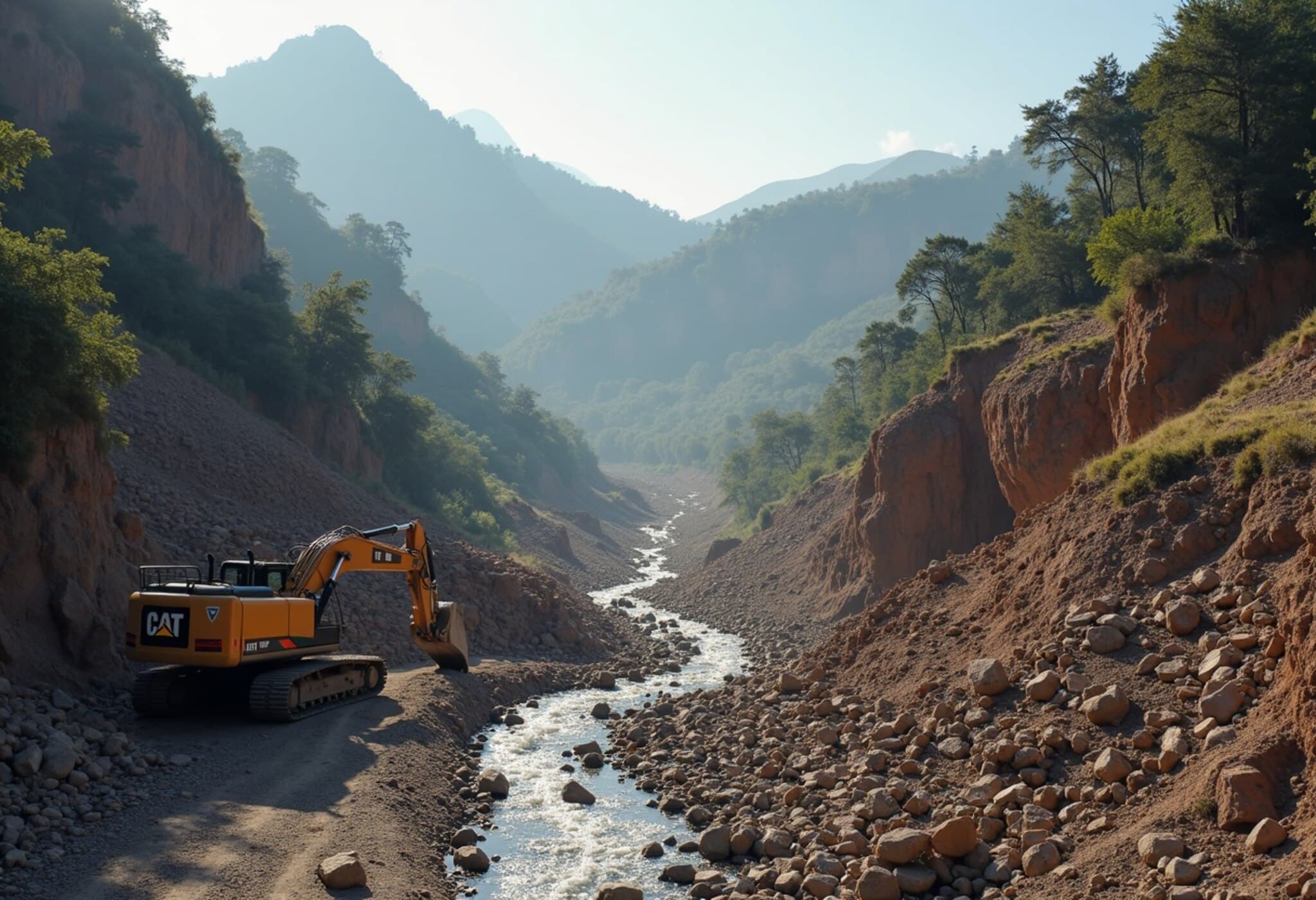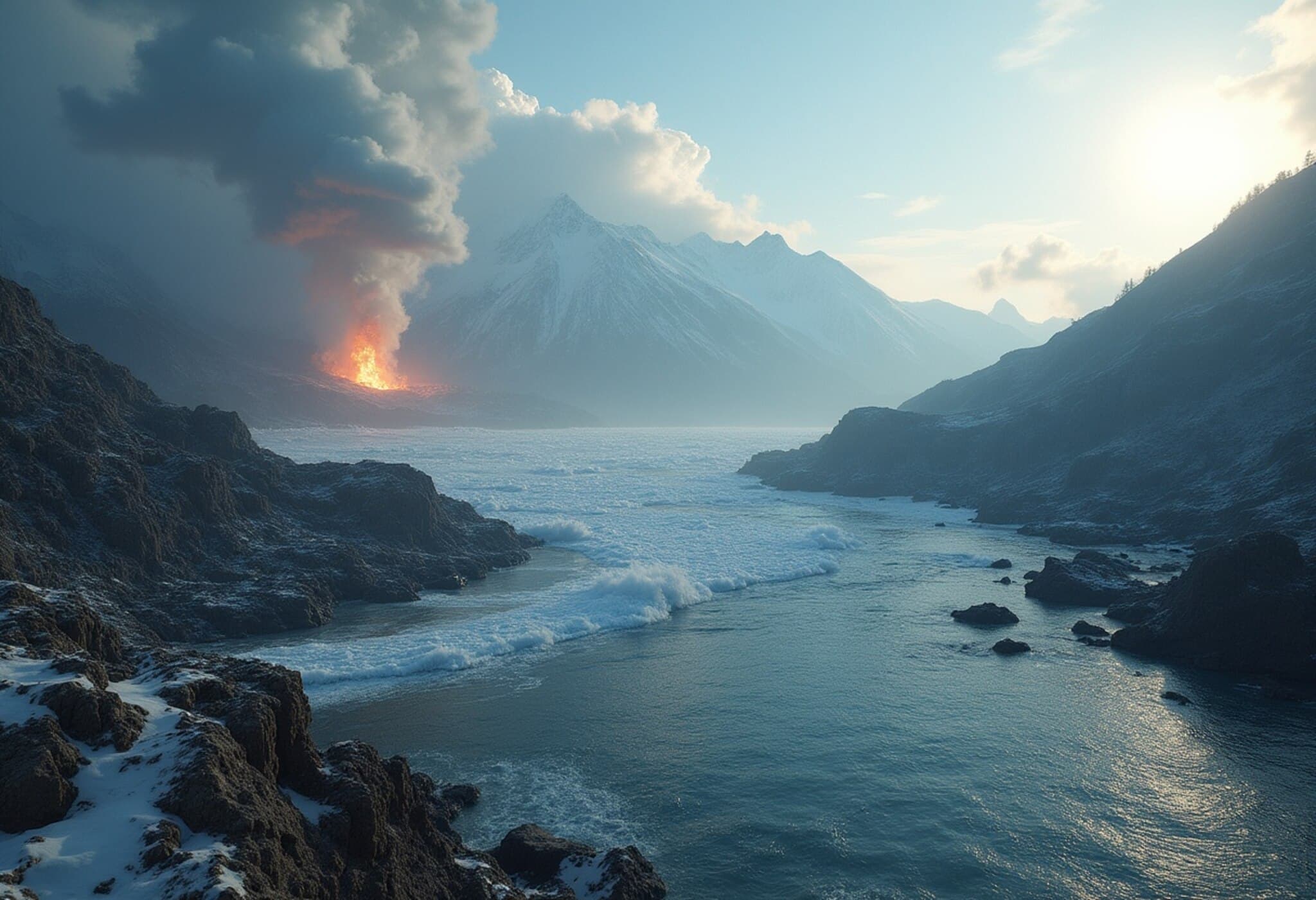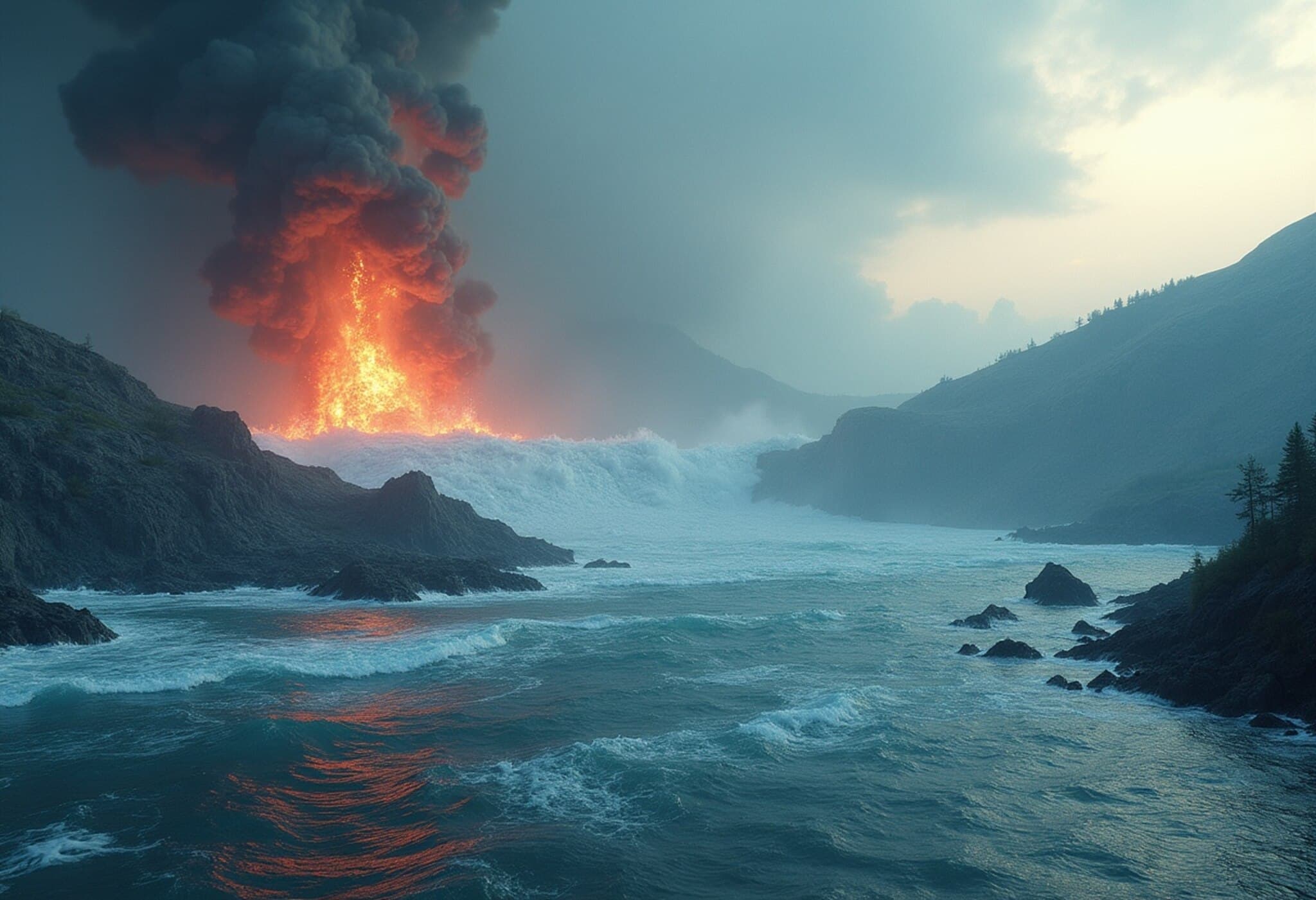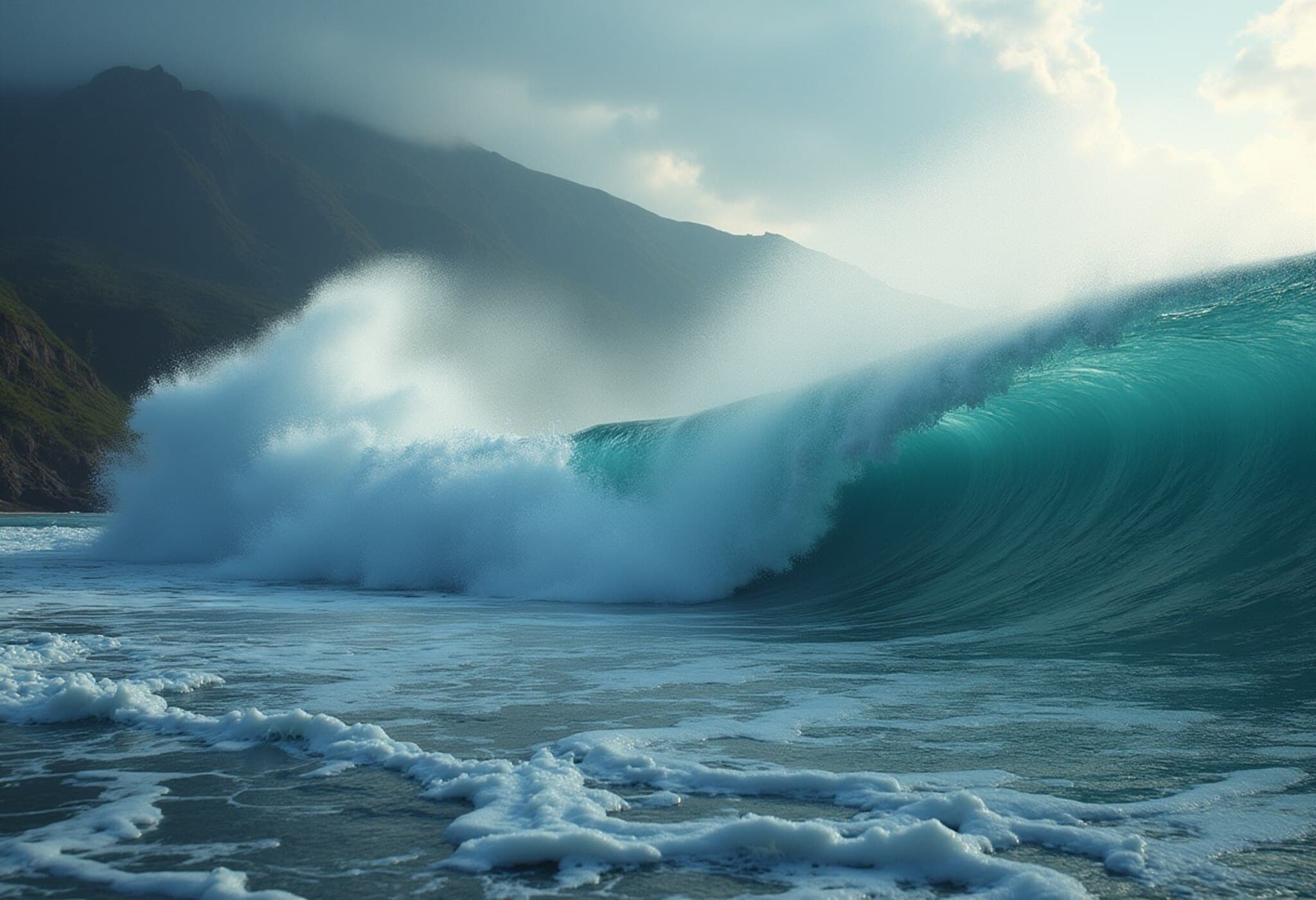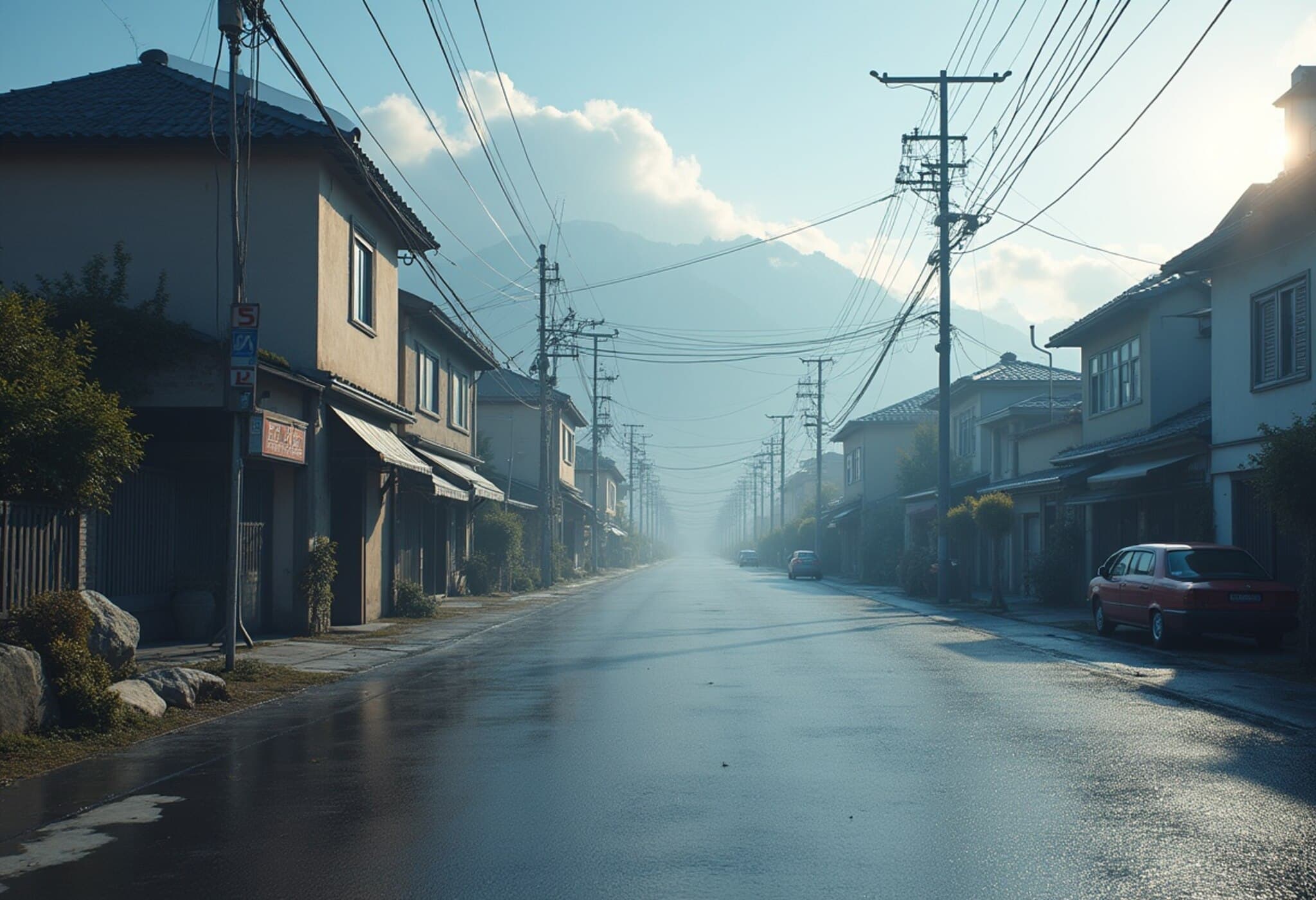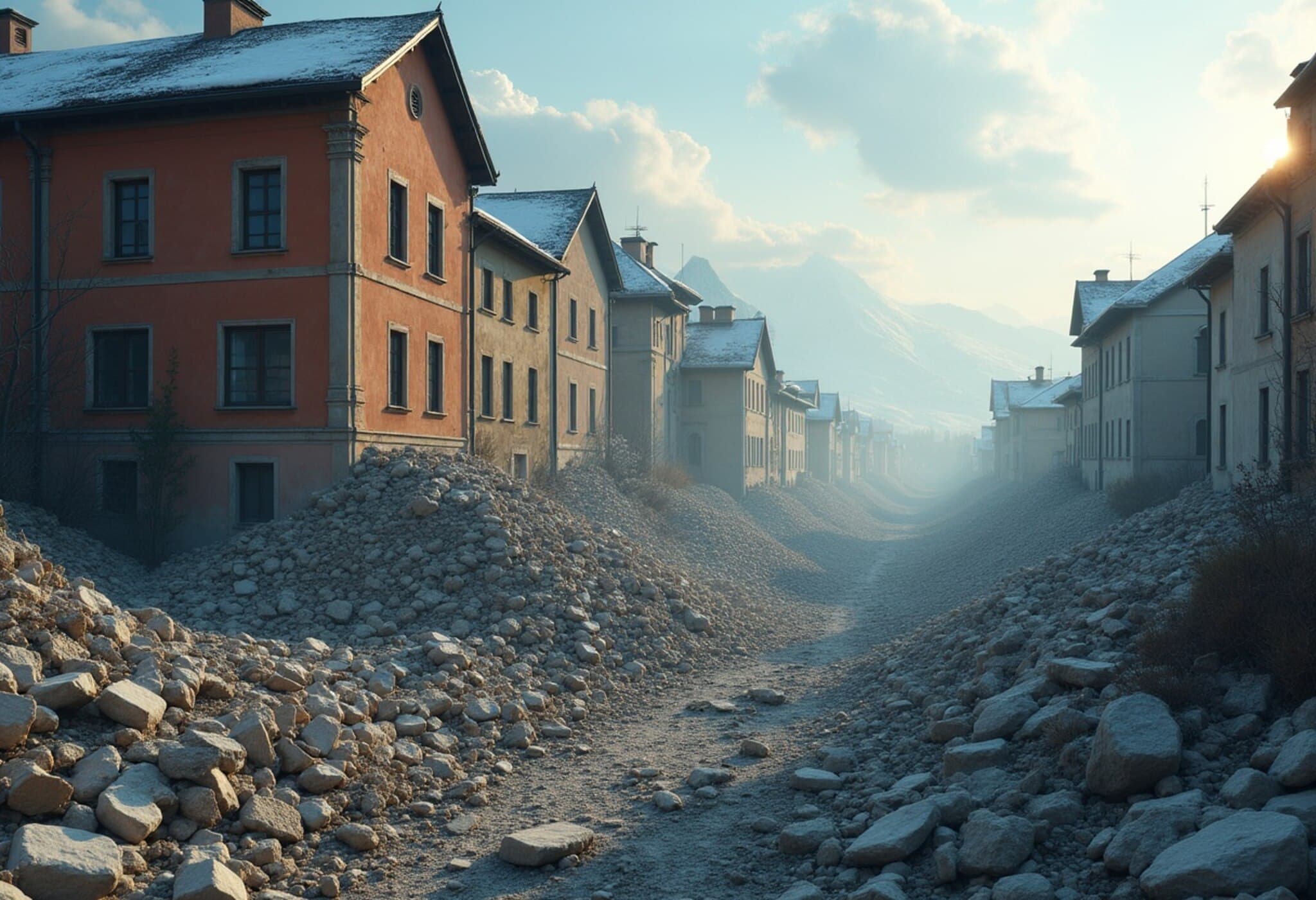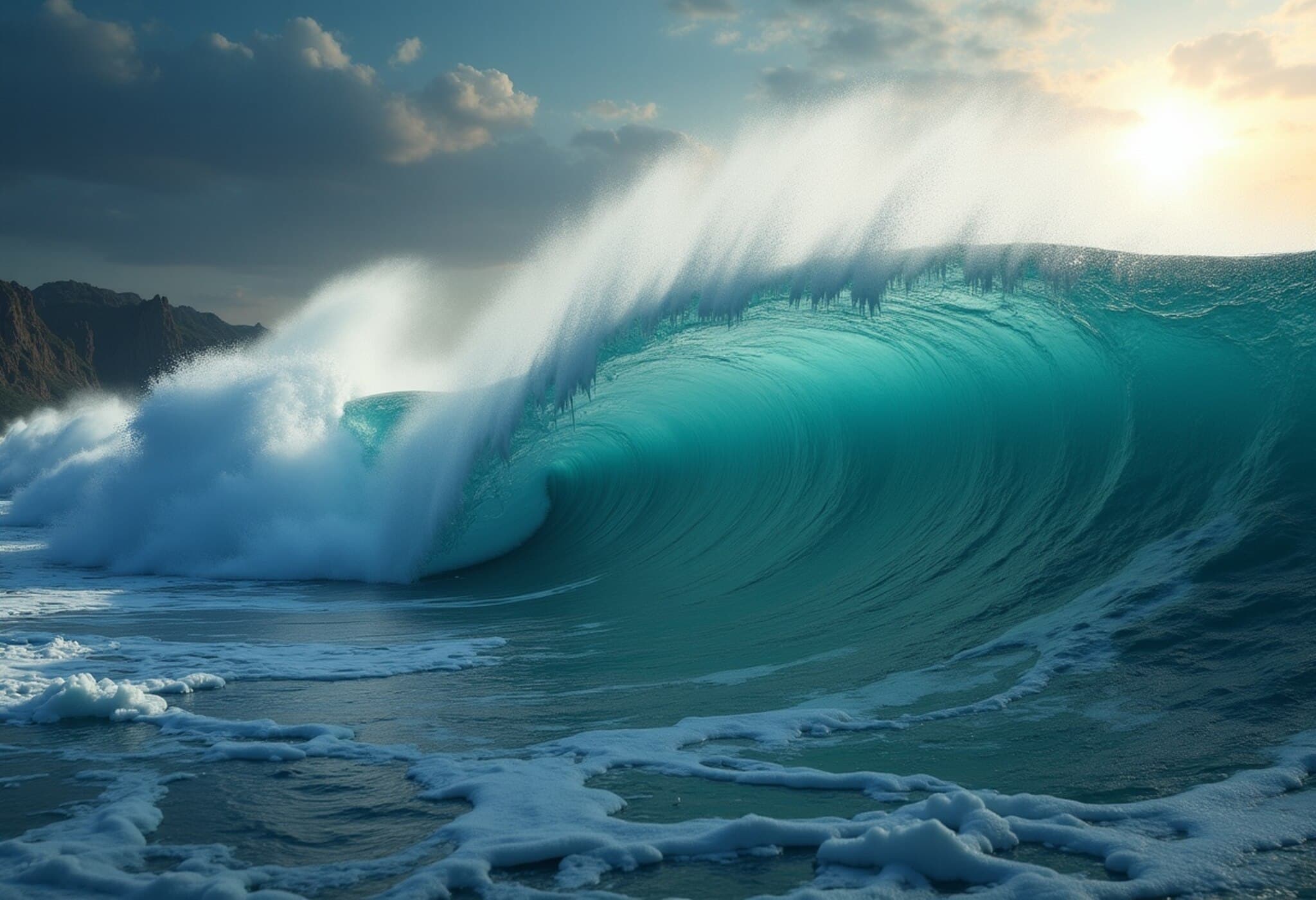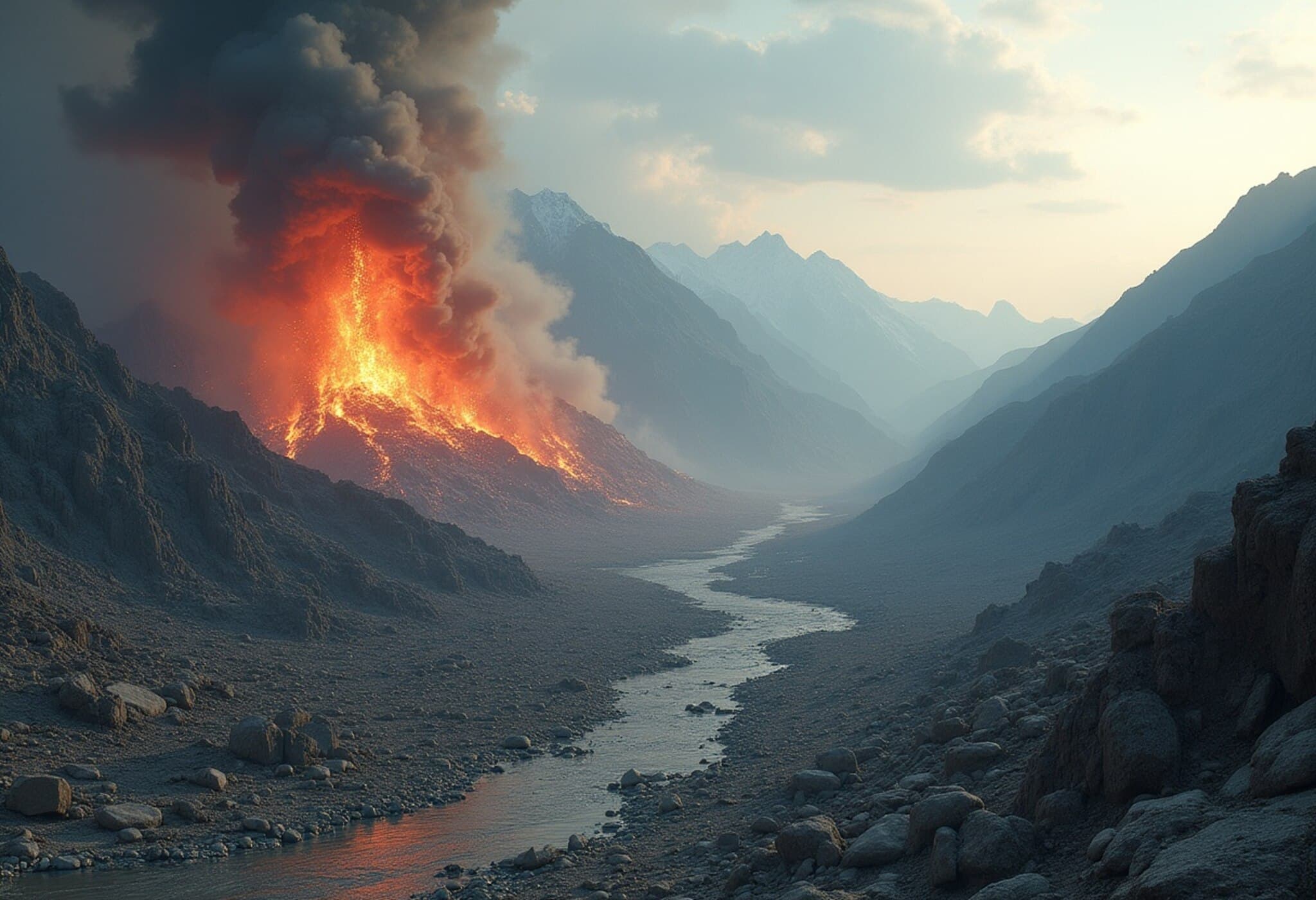Powerful 8.8 Magnitude Earthquake Near Russia's Kamchatka Peninsula
In the early hours of Wednesday, a formidable earthquake measuring 8.8 on the Richter scale jolted the Kamchatka Peninsula in Russia's Far East. This seismic event ranks among the top six strongest recorded globally and stands as one of the most significant tremors of the 21st century, according to data from the United States Geological Survey (USGS).
The earthquake, followed by aftershocks peaking near 6.9 magnitude, triggered a tsunami that sent waves rippling across the vast Pacific Ocean. Although Russia experienced minimal damage with no reported casualties, the tsunami warnings cascaded to countries throughout the Pacific Rim, sparking evacuations and heightened alertness in vulnerable coastal communities.
Seismic Context: The Pacific Ring of Fire
Experts emphasize that this event is deeply rooted in the tectonic volatility of the Pacific Ring of Fire, a horseshoe-shaped belt notorious for intense seismic activity. Comprised of converging tectonic plates, this region is responsible for over 80% of the world's major earthquakes and contains numerous active volcanoes.
Simon Boxall, Principal Teaching Fellow at the University of Southampton’s Physical Oceanography Research Centre, analogized the tsunami generation by explaining, "It’s like throwing a massive rock into the ocean — the initial splash sets off powerful waves propagating outward. In this case, the earthquake represented that rock, instigating the tsunami we witnessed." He added that while this tsunami is unlikely to cause catastrophic destruction, it can result in "coastal flooding and localized damage" and poses serious risks if evacuation protocols aren’t followed.
Volcanic Activity and Regional Risks
The Kamchatka Peninsula is often dubbed the "land of fire and ice" due to its dramatic and volatile geological landscape featuring 29 active volcanoes among approximately 300 in the area. The region’s proximity to a major tectonic trench makes it prone to simultaneous earthquake and volcanic activity.
Recently, Klyuchevskaya Sopka, the largest active volcano in the Northern Hemisphere, has shown increased activity, raising concerns about potential eruptions. Additionally, the nearby Kuril Islands — a disputed territory between Russia and Japan — have added a layer of geopolitical complexity, with military presence and fishing industry livelihoods at stake amid ongoing seismic unrest.
Tsunami Impact and Response Across the Pacific
Following the earthquake, tsunami waves measuring 3 to 4 meters hit the Kamchatka coastline. In contrast, the west coast of the United States, including San Francisco, experienced smaller but notable waves of 2 to 5 feet. Though initial assessments confirm that critical infrastructure, including Japanese coastal nuclear facilities, remain safe, authorities continue to monitor the situation closely.
The Russian Far East issued emergency declarations and executed evacuations, though disruption was limited to minor injuries and minimal structural damage. However, the situation remains dynamic with the potential for further aftershocks.
Tsunami Warning Systems and Preparedness
Pacific nations have mobilized comprehensive tsunami alert systems. In Hawaii, emergency communications employ a network of mobile alerts, television, radio, and sirens to ensure rapid public notification. Alaskan communities rely heavily on sirens and radio broadcasts.
The US National Weather Service categorizes tsunami alerts as follows:
- Warning: Tsunami expected or occurring with widespread flooding; mandatory evacuation to higher ground.
- Advisory: Potential hazardous waves; avoid beaches and waterways.
- Watch: Tsunami threat possible; preparedness advised.
With coastal communities on high alert, authorities emphasize that adherence to evacuation instructions is critical to prevent loss of life.
Broader Implications and Unseen Narratives
While the earthquake and resulting tsunami have made headlines, experts urge a wider reflection on how climate change and increasing human settlement in vulnerable coastal areas may amplify the impact of such natural disasters in the future. Moreover, the intersection of natural hazards and geopolitical tensions—particularly in regions like the Kuril Islands—underscores the complex interplay between environment and politics.
From an economic perspective, disruptions to fishing industries and naval operations in Kamchatka could ripple beyond local borders, affecting global markets and security balances.
Looking Ahead: Preparing for the Next Seismic Event
Resilience in the Pacific Basin depends heavily on robust, community-driven preparedness, continuous scientific monitoring, and international cooperation. As the earth’s tectonic plates continue their restless dance beneath the oceans, understanding these forces and responding with agility remain paramount for safeguarding millions of lives across the Pacific Rim.
Editor's Note
This earthquake near Kamchatka peninsula is a vivid reminder of nature’s unpredictable power and humanity’s vulnerability along the Pacific Ring of Fire. It prompts us to ask how better infrastructure, education, and cross-border collaboration can minimize future risks. Moreover, the layered geopolitical tensions in the region add complexity that demands nuanced awareness from policymakers and global citizens alike. Our coverage aims not only to report facts but to deepen understanding and foster preparedness in an interconnected world.

